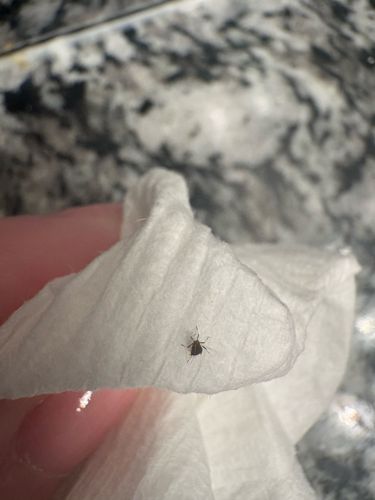Aphid
Scientific Name: Aphidoidea
Order & Family: Hemiptera, Aphididae
Size: 1-5 mm (typically very small)

Natural Habitat
Found on plants, especially tender new growth, undersides of leaves, and stems. Can be found in gardens, agricultural fields, greenhouses, and sometimes indoors on houseplants.
Diet & Feeding
Aphids are plant feeders (phytophagous). They suck out plant sap using their piercing-sucking mouthparts, often found clustered together on tender plant tissues.
Behavior Patterns
Aphids reproduce rapidly, often parthenogenetically (without mating) and viviparously (giving birth to live young), leading to quick population explosions. They can be winged or wingless, with winged forms developing when populations are high or plant quality declines, allowing them to disperse to new hosts. They excrete a sugary substance called honeydew.
Risks & Benefits
Risks: Aphids are significant agricultural and garden pests. They can stunt plant growth, cause leaf curling and yellowing, transmit plant viruses, and their honeydew can lead to sooty mold growth. Benefits: While generally considered pests, they are a food source for many beneficial insects like ladybugs, lacewings, and parasitic wasps, making them part of the food web.
Identified on: 10/19/2025